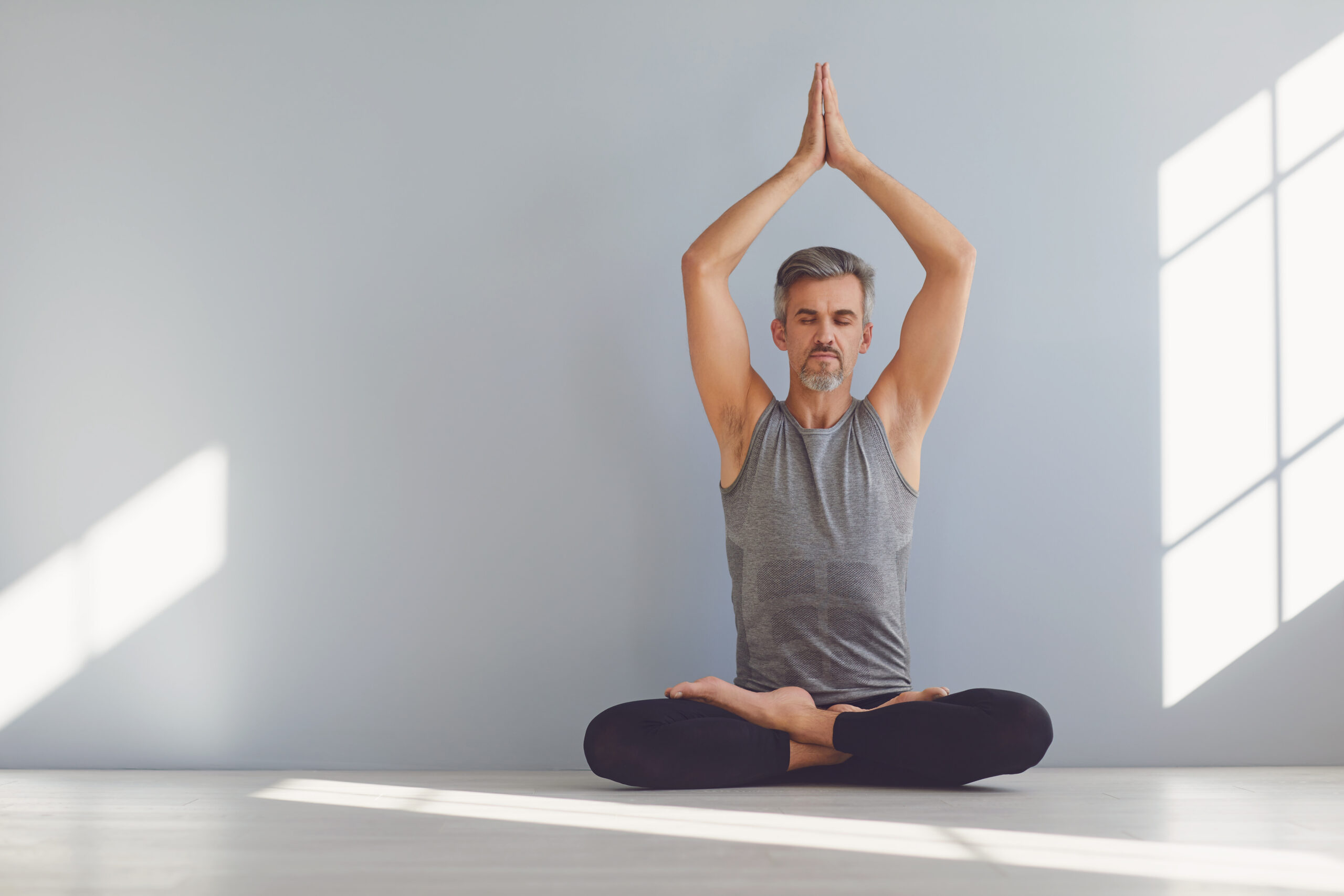The First Journey to Mysore
The first time I traveled to Mysore, India, I didn’t fully know what to expect. I had been practicing Ashtanga yoga for years, and I knew that if I wanted to deepen my understanding, I had to experience it at the source—under the guidance of Sharath Jois at the Sharath Yoga Centre. It was both exciting and intimidating.
Mysore-style Ashtanga is unlike any other yoga class. There’s no teacher calling out poses in a room full of students moving in unison. Instead, each student moves at their own pace, following their breath, memorizing the sequence, and developing a personal connection to the practice. The teacher watches closely, offering adjustments and guidance when needed. This self-led approach makes the practice deeply personal—there’s nowhere to hide, no distractions, just you and your breath.
Discipline and Consistency
One of the biggest lessons Mysore taught me is discipline. In Mysore, the alarm clock rings early—really early. Practice starts before dawn, and the energy in the shala is intense. There are no excuses. You show up, roll out your mat, and do the work. At first, my body ached, my mind resisted, and I questioned whether I was strong enough to keep up with the demands of daily practice.
But that’s the beauty of Ashtanga—it teaches you to push past those moments of doubt. Consistency builds resilience. Over time, my body adapted, my breath became steadier, and my mind more focused. What felt impossible on day one became a natural part of my routine. This discipline has carried over into every part of my life, from my teaching to my recovery journey.
The Power of Surrender
In the West, we often approach yoga with a sense of control—we want to master poses, achieve flexibility, and check things off a list. But in Mysore, I learned that real progress comes from surrender. Some days, my practice felt strong and effortless; other days, I struggled through every breath. I had to let go of my expectations and trust the process.
Sharath often reminds students that the practice isn’t about physical achievement—it’s about internal transformation. Some of the most profound moments in my journey have come from surrendering to the practice, rather than trying to control it. The more I let go, the more I grew—not just in my practice, but in my ability to navigate life’s challenges.
The Importance of Tradition
Ashtanga yoga is built on a lineage that goes back generations. It’s not a trend or a workout—it’s a living tradition. Practicing in Mysore connected me to that lineage in a way I had never experienced before. Being in the same room where so many great teachers and practitioners have practiced was humbling. I realized that my role wasn’t just to learn the practice for myself, but to carry it forward and share it with others in the most authentic way possible.
When I returned home, I made it my mission to preserve and teach Ashtanga in its traditional form. In a world where yoga is often diluted or modified for convenience, I believe it’s essential to honor the roots of the practice. That’s why I teach daily Mysore classes—so students can experience the same self-led, deeply personal journey that has transformed my own life.
Bringing Mysore Home
You don’t have to travel to India to experience the lessons of Mysore. The real practice happens every day, on your own mat, wherever you are. Showing up consistently, staying disciplined, learning to surrender, and respecting the tradition—these are the principles that make Ashtanga so powerful.
For me, the real gift of Mysore isn’t just the physical strength or flexibility—it’s the ability to meet myself exactly where I am, every single day. It’s a reminder that yoga isn’t about perfection; it’s about showing up, breathing, and trusting the journey.
Whether you’re practicing in a Mysore room halfway across the world or in the quiet of your own home, the lessons remain the same. Just step onto your mat, take a breath, and begin.
